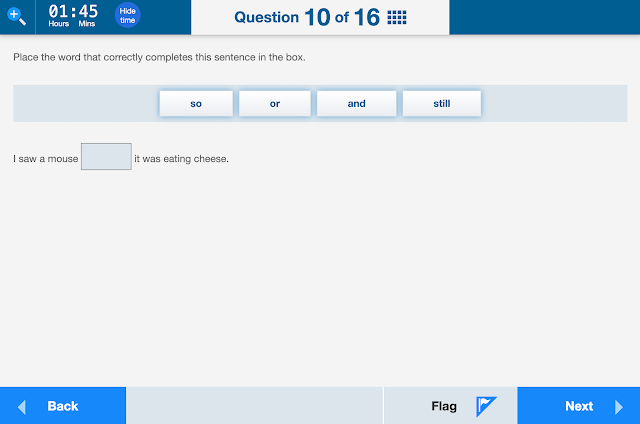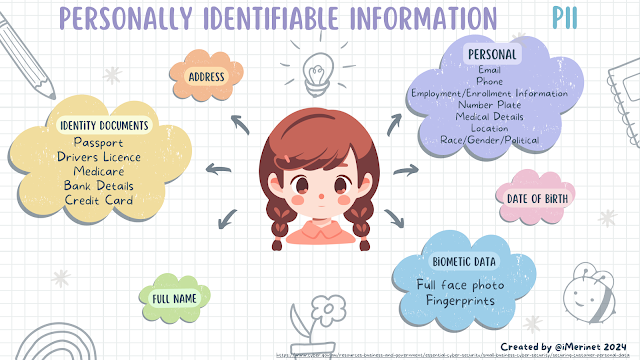National Simultaneous Storytime 2024

This years NSS 2024 is using the book Bowerbird Blues by Aura Parker. What a lovely way to link a native Australian bird with some interesting habits and mating rituals with literacy and technology. Technology Links - Data Representation Satin Bowerbirds collect blue objects. This is a lesson that links to the book and allows you to teach about data representation and address digital technology content and link to any literacy activities you have planned for NSS 2024. Data Representation Collect a range of blue items and sort them according a particular characteristic - colour, shape, size or material. Arrange the objects into a presentation, tally them and photograph or draw them. The lesson provides templates for students to count, draw and explain their representations. It also includes an assessment activity that can be marked and then added to a student portfolio. The lesson is available Teachers Pay Teachers $4 US (about $6 AUD) Australian Teachers Marketplace - $5 AUD che





